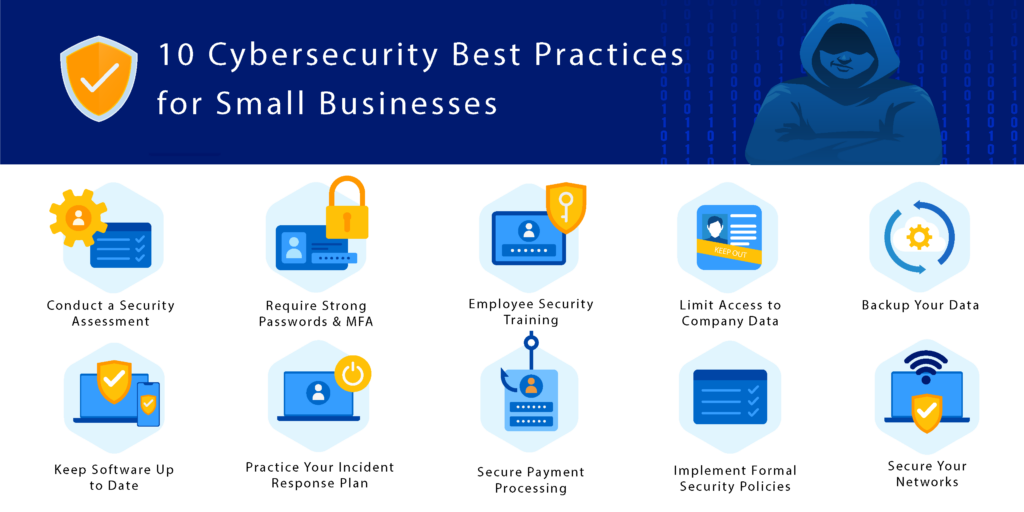In today’s digital age, cyber threats are becoming increasingly prevalent and sophisticated. From data breaches to ransomware attacks, businesses and individuals alike are at risk of falling victim to these cyber threats. This is why understanding cyber threats and implementing effective cyber security measures is crucial for protecting sensitive information and preventing potential damages.
Types of Cyber Threats
There are various types of cyber threats that individuals and organizations need to be aware of. Some common types of cyber threats include:
Malware: Malicious software designed to disrupt or damage a computer system.
Phishing: Deceptive emails or messages designed to trick individuals into providing sensitive information.
Ransomware: Software that encrypts files and demands a ransom for their release.
DDoS Attacks: Distributed Denial of Service attacks that overwhelm a system with traffic, causing it to crash.
Understanding Cyber Attack Vectors
Cyber threats can exploit various attack vectors to infiltrate a system or network. Some common attack vectors include:
Weak Passwords: Using weak passwords makes it easier for cyber criminals to gain unauthorized access.
Unpatched Software: Failure to update software leaves vulnerabilities that can be exploited by cyber attackers.
Social Engineering: Manipulating individuals to reveal confidential information through psychological techniques.
USB Drives: Infected USB drives can spread malware when plugged into a system.
Protecting Against Cyber Threats
To protect against cyber threats, individuals and organizations need to take proactive measures to enhance their cyber security posture. Some effective strategies include:
Implementing Firewalls: Firewalls act as a barrier between a trusted internal network and untrusted external networks.
Updating Software: Regularly updating software patches known vulnerabilities and strengthens system security.
Employee Training: Educating employees on cyber security best practices helps prevent social engineering attacks.
Security Software: Installing antivirus and anti-malware software helps detect and remove malicious threats.
Conclusion
Understanding cyber threats is essential for safeguarding sensitive information and mitigating potential damages caused by cyber attacks. By recognizing the various types of cyber threats, understanding common attack vectors, and implementing robust cyber security measures, individuals and organizations can better protect themselves from cyber threats in today’s digital landscape.




